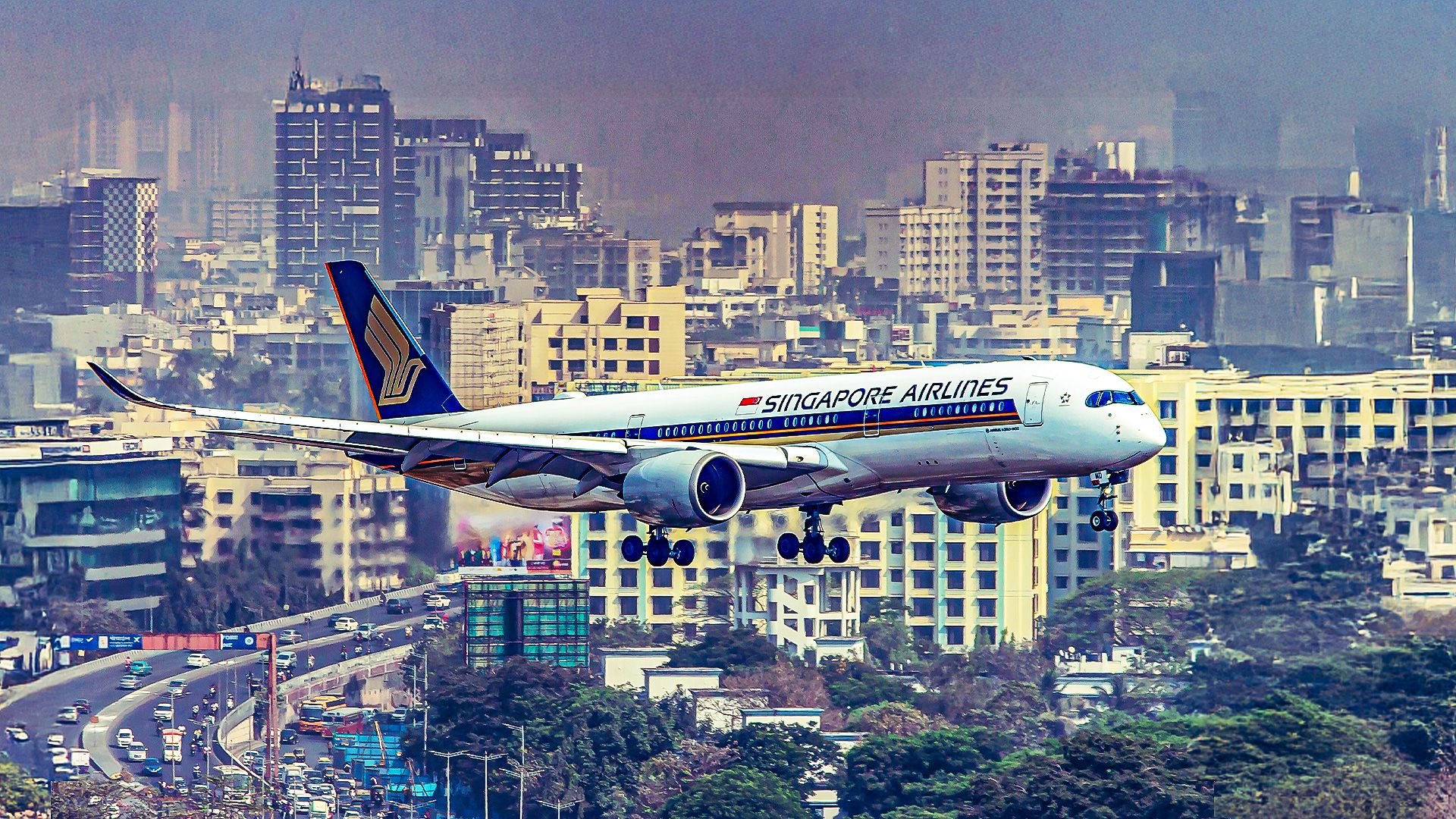Manufacturing output in the UK increased for the first time in twelve months in October 2023, largely due to the resumption of production at Jaguar Land Rover (JLR) facilities following a cyber attack. Although overall activity in the UK’s manufacturing sector continued to decline, the rate of this downturn slowed significantly during the month. The S&P Global UK Manufacturing Purchasing Managers’ Index (PMI) registered a reading of 49.7 in October, up from 46.2 in September. A score above 50 indicates growth, while any figure below suggests contraction.
Impact of Jaguar Land Rover’s Resumption
Sector data revealed stronger production volumes, particularly in the consumer and intermediate goods categories. Manufacturers associated with the automotive industry experienced gains, benefitting from JLR’s phased production restart. The company resumed operations at all its facilities, including plants in Solihull and Halewood, in mid-October after halting operations when its systems were compromised on August 31.
Rob Dobson, director at S&P Global Market Intelligence, emphasized that this increase in production might only provide a temporary boost. He remarked, “The October PMI survey shows UK manufacturing production rising for the first time in a year, which is a positive in itself. However, there are real concerns that the bounce could prove short-lived.”
Challenges Persist in the Manufacturing Sector
Despite the uptick, sluggish demand from both domestic and international markets meant that output growth in October largely depended on companies addressing backlogs of orders from prior months and allowing unsold stock to build up. Manufacturers reported “tough” market conditions, which contributed to declining domestic and international demand.
The decline in new export orders continued for the 45th consecutive month, with businesses citing weak demand from regions including the US, EU, Asia, and the Middle East. Tariff uncertainties have compounded the challenges faced by manufacturers, who represent approximately 9% of the UK economy. Additionally, domestic demand remained muted amid caution leading up to the upcoming budget, with concerns regarding potential tax changes.
Workforce numbers in the manufacturing sector fell for the twelfth straight month as companies sought to control costs. Elliott Jordan-Doak, senior UK economist at Pantheon Macroeconomics, noted that the recent increase in the PMI likely reflects the resumption of car production following the JLR cyber attack. He stated, “Bottom line, a reopening of business will always boost growth temporarily, so we take the one-year high in the manufacturing PMI with a pinch of salt. We think activity will struggle in the coming months as tariff ructions continue to hit global trade.”
The data highlights a mixed outlook for the UK manufacturing sector, balancing a momentary surge in output against ongoing challenges that threaten its stability.







